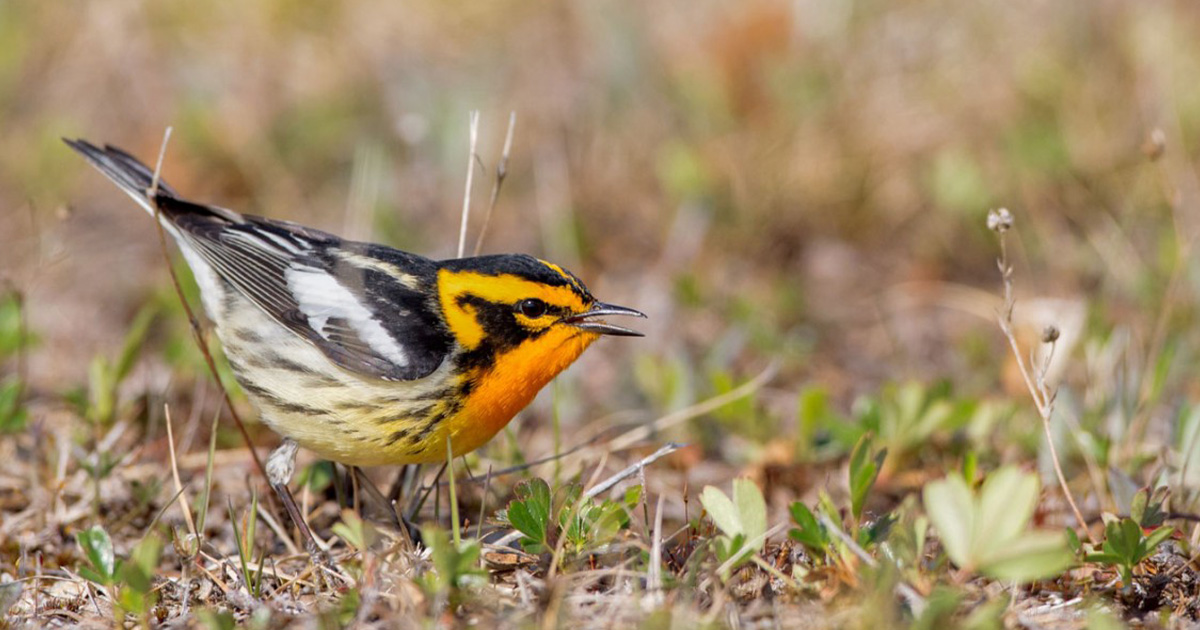An international group of researchers finds that conserving about half of global land area could maintain nearly all of nature's contributions to people and still meet biodiversity targets for tens of thousands of species. But the same priority areas are at risk of conflict with human development with only 18% of that land area protected. This research is published Nature Communications.
"Biodiversity, climate, and sustainable development cannot be considered in isolation," said lead author Rachel Neugarten at the Cornell Lab of Ornithology.
"We must also factor in nature's contributions to human well-being, including clean water, carbon storage, crop pollination, flood mitigation, coastal protection, and more."
"We face enormous challenges. With limited resources available to address climate change, biodiversity loss, poverty, and water insecurity, we must be strategic and find ways to tackle more than one challenge at a time," said senior author Amanda Rodewald, Garvin Professor and Senior Director of the Center for Avian Population Studies at the Cornell Lab.
Study authors found that roughly half (44–49%) of global land area, excluding Antarctica, provides nearly all (90%) current levels of nature's services to people while also conserving biodiversity for 27,000 species of birds, mammals, reptiles, and amphibians.
But their findings also point to potential conflict because 37% of the land areas are highly suitable for development by agriculture, renewable energy, oil and gas, mining, or urban expansion.
Such high development potential, coupled with the fact that few priority areas are currently protected, means that successful conservation will require creative solutions.
Such solutions carefully accommodate human activities through sustainable use and multifunctional landscape planning, particularly in the growing areas of renewable energy and commercial agriculture.
"If designed carefully, renewable energy development can be compatible with biodiversity conservation and ecosystem services to people," Neugarten said.
"Examples of this include livestock grazing under wind farms or cultivating native pollinator gardens under solar panels. But there's a real risk that achieving renewable energy goals could conflict with nature conservation goals without careful planning."
This study is based on a global-scale optimization of land uses to identify joint priorities for biodiversity and nature's contributions to people.
"Focusing on regions of high conservation value that are also under high development pressure reveals some unlikely areas that don't always garner global conservation attention—these include working landscapes in the southeastern United States, southern Brazil and Uruguay, southeastern Australia, and Eurasia," said Patrick Roehrdanz, Conservation International's director of climate change and biodiversity and a co-author on the study.
"These maps can help decision-makers in government, conservation NGOs, as well as donors and funding agencies to identify nature's key benefits for people and species—benefits that are key to our survival and wellbeing," said World Wildlife Fund Global Biodiversity Lead Scientist Becky Chaplin-Kramer. "Such spatial information is critical for implementation of conservation commitments made under the Kunming-Montreal Global Biodiversity Framework as well as climate mitigation and adaptation commitments made during the recent COP28 in Dubai."



